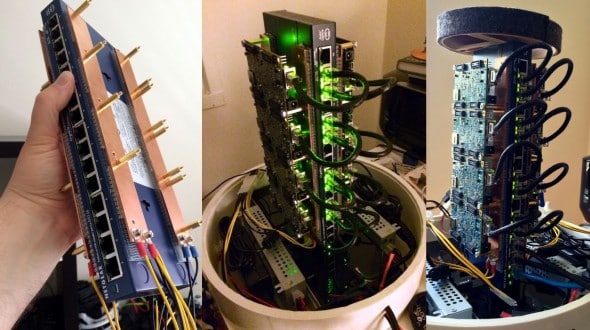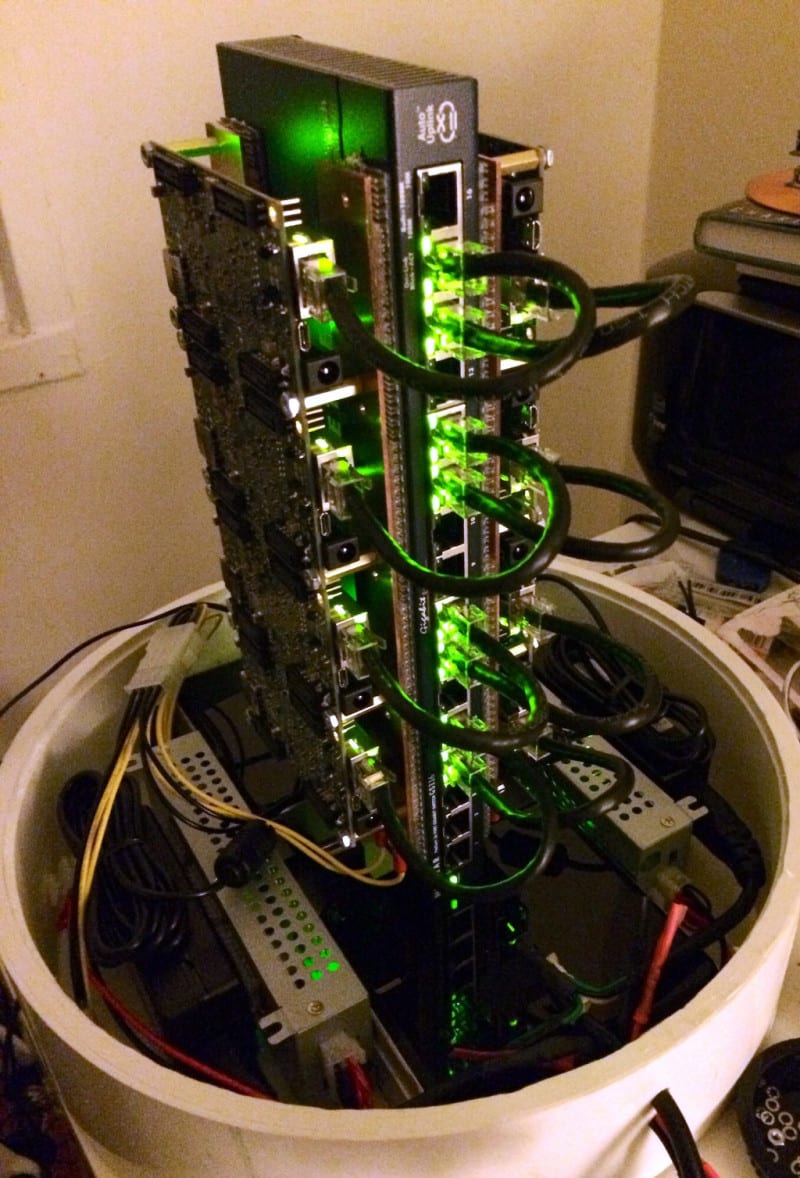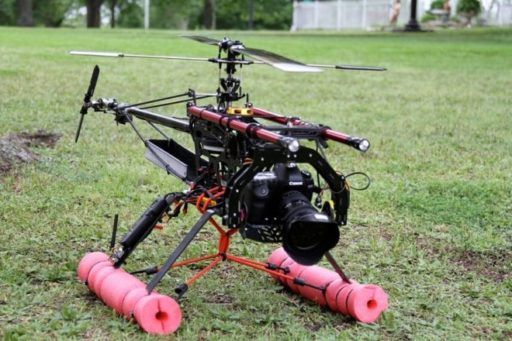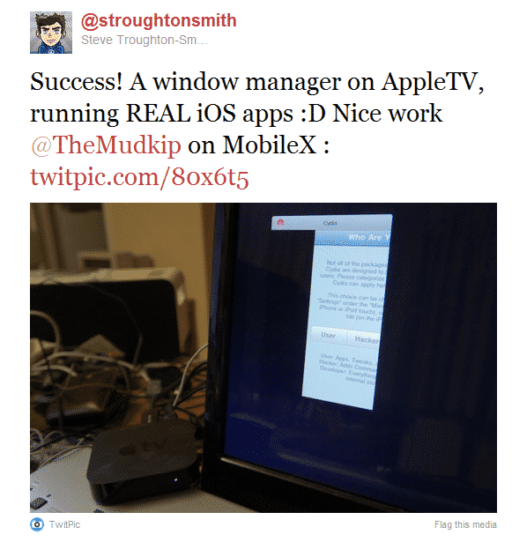Once upon a time, supercomputers belonged in the highly secure facilities of well-moneyed tech companies. Today, they can be built at home, as proven by Twitter engineer Brian Guarraci who has built a supercomputer that reaches speeds of 208 gigaflops.
It isn’t exactly an easy task to build a supercomputer, not to mention the steep expenses it may incur. But with the easy availability of parallel computing components, it is certainly possible to build them if you have the money and skills required to build it.
Guarraci started off with 8 Parallella boards and later added two Intel NUCs to this collection. The Intel NUCs come with 16GB of RAM and 120 GB of SSD storage each. Supercomputers essentially rely on parallel computing to speed up their computations and processing. In simpler words, the greater the number of processing units and the accompanying hardware is, the greater is the speed of the machine.
He explains the setup in these words, “One of the things that’s cool about a Parallella cluster is that you can perform multiple heterogenous parallel-computing tasks all at the same time. Some nodes can be doing image processing while other nodes are doing machine learning. It’s a very flexible setup.”
As for the costs incurred, Guarraci shelled out $2500 on the core, another $1000 for the Intel NUCs, $800 for the Parallella boards and about $120 on other, smaller components. Interestingly, rather than going with a straight-forward rectangular case, Guarraci chose to finish off his supercomputer, dubbed Parallac, in a round case. He certainly gets props for design aesthetics on that one, especially because round cases are more difficult to build.
Hit the link below to see more awesome photos of this home-made supercomputer, together with further details on its specs.
Source: Parallella
[ttjad keyword=”ipad”]





